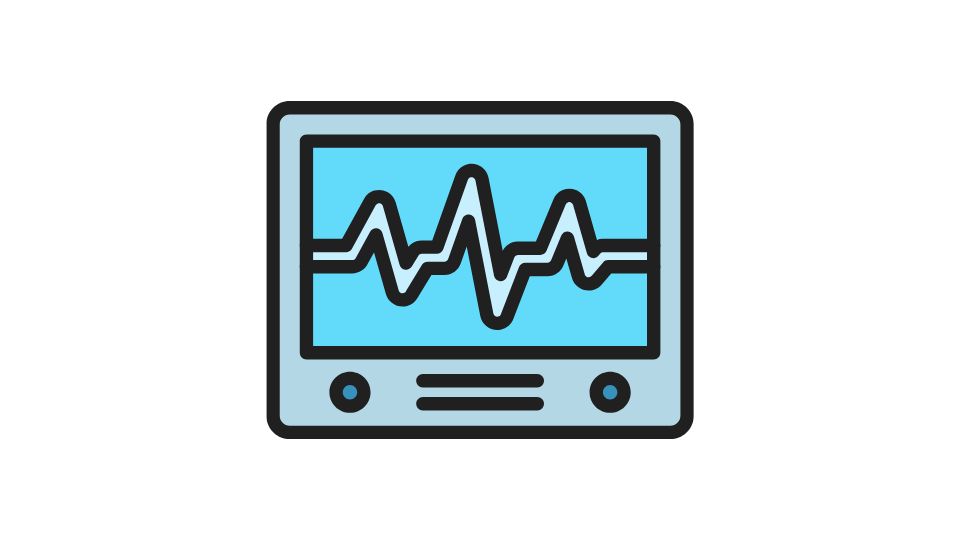Top Health Equity Strategies That Are Actually Working

Health equity isn’t just some fancy buzzword that healthcare execs throw around to sound important. It’s about making sure everyone has a fair shot at being healthy – whether you’re rich or poor, Black or white, living in a fancy suburb or rural America.
But here’s the thing: true health equity isn’t giving everyone the exact same resources. It’s about giving people what they actually need to overcome their specific challenges.
Let me break down the most effective strategies that are actually working to close those stubborn health gaps, based on what experts and researchers are saying in 2025.
Why Health Equity Matters (And What It Actually Means)
Health equity means everyone deserves a fair opportunity to be as healthy as possible – without facing extra hurdles because of who they are, where they live, or how much money they make.
But don’t confuse equality with equity!
Equality = everyone gets identical resources (like giving everyone the same size bandage)
Equity = resources matched to needs (like giving bigger bandages to bigger wounds)
Here’s a real example: A clinic offering free health screenings sounds great, right? But if it’s only open 9-5 on weekdays, people working hourly jobs can’t get there without losing wages. That’s not equitable! True health equity would mean offering evening and weekend appointments too.
What’s Happening With Health Equity in 2025

1. It’s Not Just About Race Anymore
Healthcare organizations are getting smarter about how they think about equity. They’re looking beyond traditional categories like race and considering:
- Geographic location (rural vs. urban)
- Age groups (especially seniors and youth)
- Disability status
- Specific health conditions
- Income and education levels
- And many other factors
Even better? Healthcare leaders are finally seeing that health equity isn’t just a “nice to have” social justice project. It’s a business growth opportunity too. When you meet underserved populations’ needs, you expand your customer base and build community trust. Win-win!
2. Embedding Equity Into Business Models (Not Just PR Campaigns)
The data is clear: 64% of healthcare execs and 75% of life sciences leaders plan to increase their focus on health equity this year.
But here’s what’s different in 2025: Organizations are moving health equity from “side project” to core business strategy.
The smart players are integrating equity considerations into:
- How they design services
- Who they hire
- What products they develop
- How they measure success
When equity becomes part of your everyday operations (not just a yearly initiative), you create sustainable change that actually improves lives.
3. Prevention As The Ultimate Equity Strategy
One of the biggest themes in 2025? Doubling down on preventive care as the foundation for health equity.
Think about it: preventing health problems before they start helps everyone, but especially benefits disadvantaged groups who often face the worst health outcomes.
The government is putting money where its mouth is with new programs like:
- Advanced Primary Care Management (APCM): Bundled care payments that expand coverage for Medicare patients
- Annual Wellness Visits with SDOH Assessment: Medicare now pays for screening social barriers to health during checkups
- Caregiver Support Programs: New initiatives to connect patients with community resources
Real-World Equity Strategies That Actually Work

Customizing Healthcare For Different Communities
The most effective equity approaches customize services to fit population needs:
- Extending clinic hours into evenings and weekends for working people
- Mobile health clinics that bring care to neighborhoods with transportation barriers
- Sliding-scale payment options based on income
- Health education seminars focused on specific ethnic community needs
- Targeted screening programs for conditions that disproportionately affect certain groups
Tackling Social Determinants of Health
The biggest revelation in healthcare? Your zip code affects your health more than your genetic code!
Leading organizations now screen for social factors like:
- Housing instability
- Food insecurity
- Transportation challenges
- Education access
- Income and employment issues
Once identified, patients can be connected to resources addressing these non-medical needs that have massive health impacts.
Health in All Policies Approach
This strategy recognizes that health isn’t just created in hospitals and clinics – it’s shaped by policies in housing, education, transportation, and more.
The “Health in All Policies” approach means considering health impacts when making decisions in ANY sector. For example:
- Urban planning that creates walkable neighborhoods
- School policies that ensure healthy foods in cafeterias
- Transportation systems that connect people to healthcare facilities
It’s complex to implement because it requires collaboration across different agencies and stakeholders. But when done right, it creates systemic change that improves health for entire communities.
Organizations Taking Bold Action
Leading healthcare organizations aren’t just talking about equity – they’re creating detailed strategic plans with measurable goals.
The American Medical Association’s 2024-2025 equity plan focuses on:
- Dismantling systemic barriers in healthcare
- Training medical professionals on equity principles
- Advocating for policy changes that promote equity
These plans aren’t static – they evolve based on new research, changing community needs, and lessons learned along the way.
Coming Together: Collaboration Is Key
The health equity movement in 2025 is increasingly collaborative. Health equity summits and forums are bringing together:
- Healthcare providers
- Medical researchers
- Community organizations
- Journalists
- Policy makers
- Business leaders
This multi-sector approach recognizes that no single organization can solve health inequities alone. It takes all of us working together.
Challenges and Where We’re Headed

Despite progress, less than 25% of health executives consider health equity their main priority. We’ve still got work to do!
For health equity strategies to succeed long-term, we need:
- Metrics and accountability systems that track equity progress
- Expanded preventive care and social needs screening
- Community-driven and culturally-tailored approaches
- Strong cross-sector partnerships
- Better demographic data collection to measure what’s working
So What Does This All Mean?

Health equity strategies in 2025 are getting more practical, integrated, and business-focused. It’s no longer just about doing what’s right (though that matters!) – it’s about creating sustainable approaches that improve outcomes while supporting organizational growth.
By focusing on prevention, addressing social factors, and making equity part of everyday operations, we can create a healthcare system that truly works for everyone.
The best part? When done right, health equity isn’t just good for underserved communities – it’s good for business, good for reducing overall healthcare costs, and good for creating a healthier society for all of us.

